Ask AI on The Internet
Question: 68)Uncle Tom’s Cabin - 69)Original goals of the Ku Klux Klan - 70)How did the KKK try to achieve their goals? - 71)Views of Booker T. Washington v W.E.B. DuBois - 72)What was the Underground Railroad? - 73)Who was Harriet Tubman? - 74)What did the Emancipation Proclamation do? - 75)Describe the case of Plessy v Ferguson - 76)Purpose of Jim Crow Laws and give examples - 77)Describe the Harlem Renaissance - 78)Explain the Poll Tax, Literacy Test, and Grandfather Clause - 79)What is Popular Sovereignty? - 80)Who was Nat Turner? - 81)Describe the actions of John Brown - 82)Who are Abolitionists? - 83)Describe the Great Migration - 84)Impact of the election of Rutherford Hayes on Reconstruction? - short answers only
68) "Uncle Tom’s Cabin" is an anti-slavery novel by Harriet Beecher Stowe, published in 1852, which helped to fuel the abolitionist movement in America. 69) The original goals of the Ku Klux Klan were to restore white supremacy, resist Reconstruction, and suppress the rights of African Americans through violence and intimidation. 70) The KKK used methods such as lynching, beatings, threats, and other forms of terror to intimidate and control African Americans and those supporting Reconstruction. 71) Booker T. Washington advocated for vocational education and economic self-reliance for African Americans, while W.E.B. DuBois promoted civil rights, higher education, and political activism. 72) The Underground Railroad was a secret network of safe houses and routes used to help enslaved African Americans escape to free states and Canada. 73) Harriet Tubman was an abolitionist and former enslaved person who became a leading figure in the Underground Railroad, helping hundreds of enslaved people to freedom. 74) The Emancipation Proclamation, issued by President Abraham Lincoln in 1863, declared the freedom of all enslaved people in Confederate-held territory. 75) Plessy v. Ferguson was an 1896 Supreme Court case that upheld racial segregation laws for public facilities under the "separate but equal" doctrine. 76) Jim Crow Laws enforced racial segregation in the Southern United States. Examples include separate schools, restrooms, and transportation for blacks and whites. 77) The Harlem Renaissance was a cultural, social, and artistic movement during the 1920s centered in Harlem, New York, celebrating African American cultural expressions. 78) Poll Tax, Literacy Test, and Grandfather Clause were methods used to disenfranchise African American voters in the South by setting financial and educational barriers to voting. 79) Popular Sovereignty is the principle that the authority of a state and its government is created and sustained by the consent of its people, particularly through elected representatives. 80) Nat Turner was an enslaved African American who led a slave rebellion in Virginia in 1831, resulting in the deaths of approximately 60 white people and severe repercussions for the black community. 81) John Brown was an abolitionist who believed in and advocated for armed insurrection to overthrow the institution of slavery, famously leading the raid on Harpers Ferry in 1859. 82) Abolitionists were activists who sought to end the practice of slavery and the emancipation of enslaved people. 83) The Great Migration was the movement of over six million African Americans from the rural Southern United States to urban areas in the North and West between 1916 and 1970 for better economic opportunities and to escape segregation. 84) The election of Rutherford Hayes in 1876 led to the Compromise of 1877, which resulted in the withdrawal of federal troops from the South, effectively ending Reconstruction and allowing the establishment of Jim Crow laws.
Think your answer is better than the AI's? Post it below.
Other Most Relevant Posts:
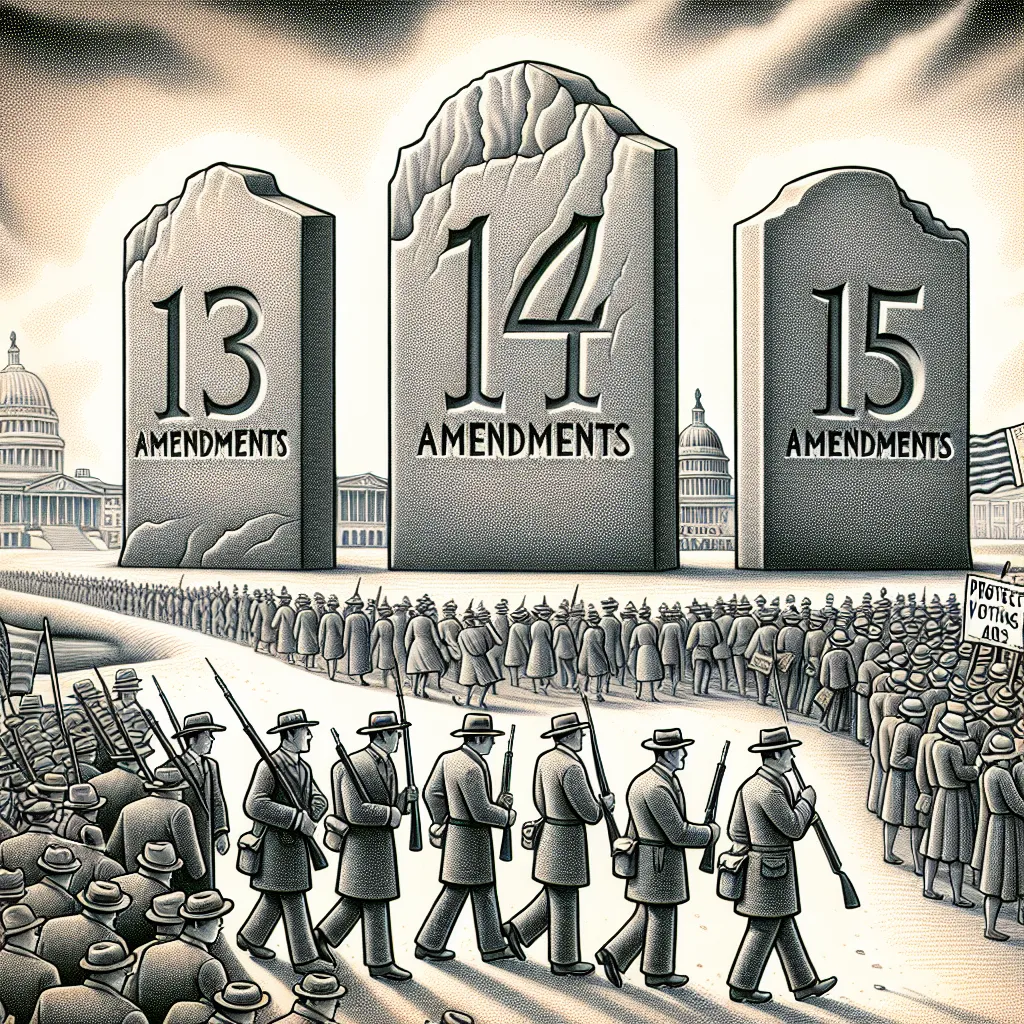 1. **Reconstruction Amendments**
2. **March of the Bonus Army**
3. **Federalists' Beliefs**
4. **What was Reconstruction?**
5. **Compromise of 1877**
6. **Fireside Chats**
7. **Court
1. **Reconstruction Amendments**
2. **March of the Bonus Army**
3. **Federalists' Beliefs**
4. **What was Reconstruction?**
5. **Compromise of 1877**
6. **Fireside Chats**
7. **Court
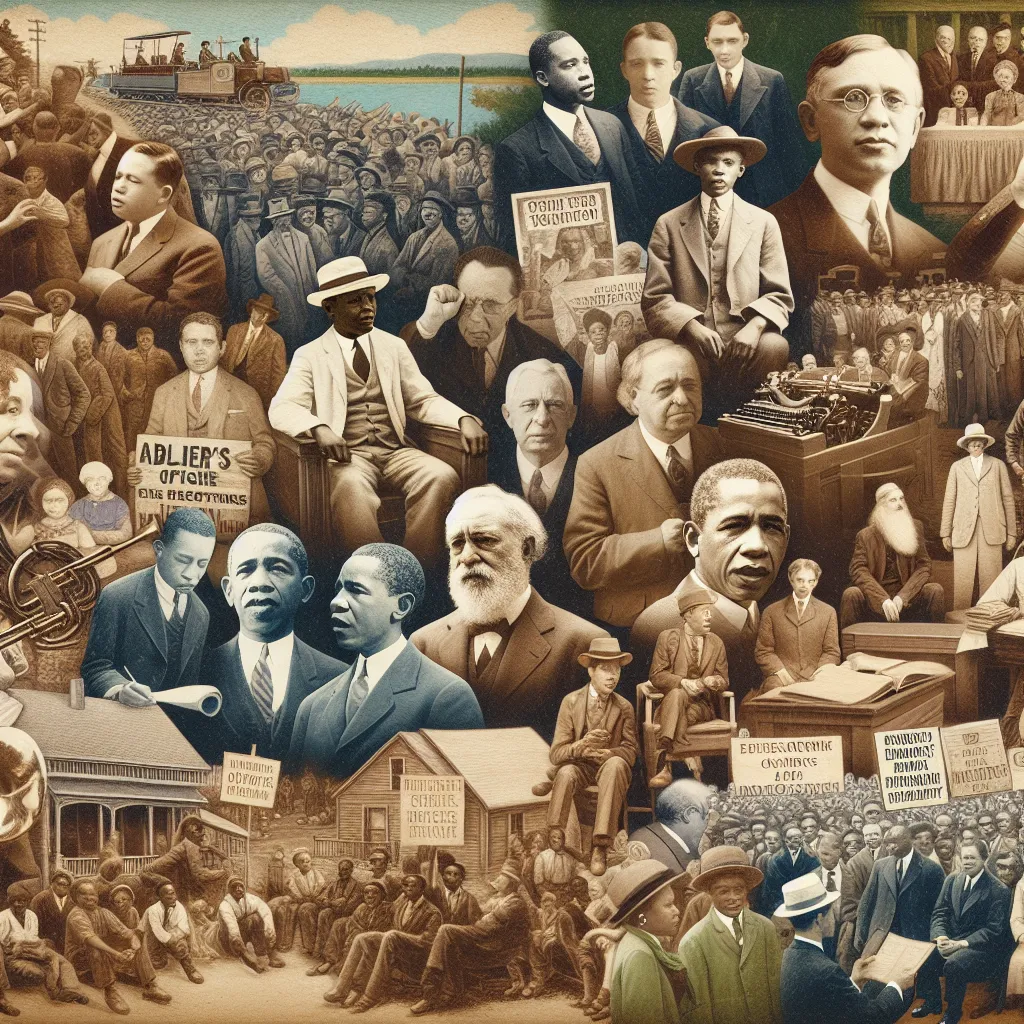 1. **Equality Beyond the Veil with the Niagara Movement**
2. **Freedom Seekers: The Exodus Movement**
3. **The NAACP: Legacy of Advancement for Colored People**
4. **Jim Crow Laws: America's Raci
1. **Equality Beyond the Veil with the Niagara Movement**
2. **Freedom Seekers: The Exodus Movement**
3. **The NAACP: Legacy of Advancement for Colored People**
4. **Jim Crow Laws: America's Raci
Question Tags
If you want your question answered by an AI, click here.
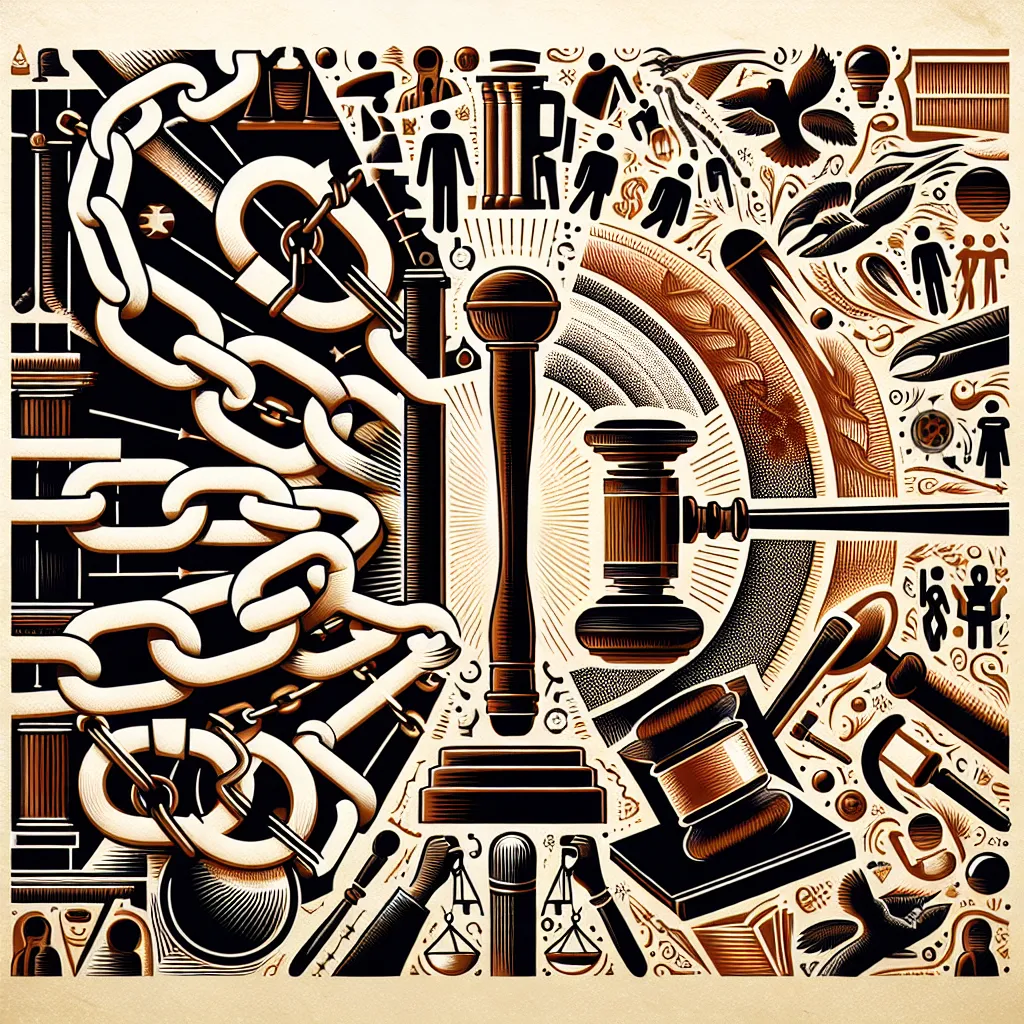
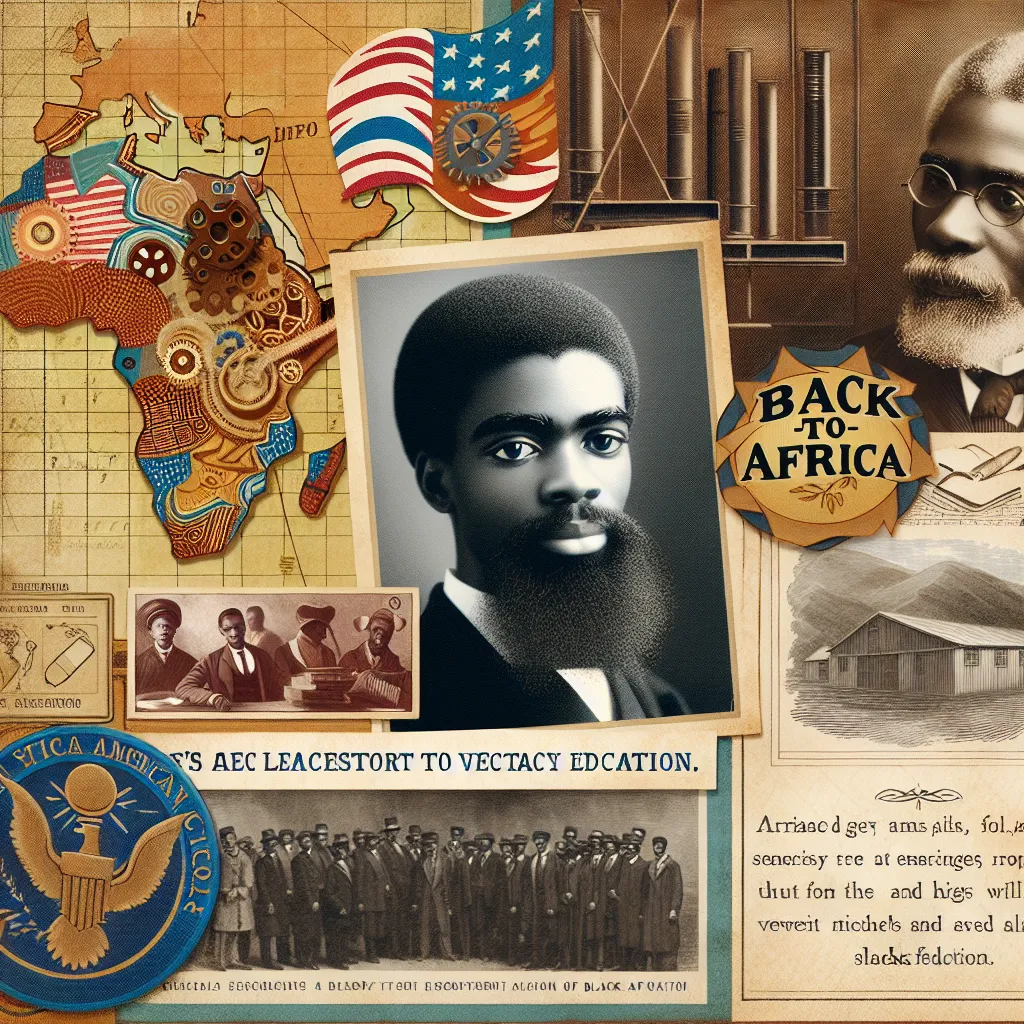
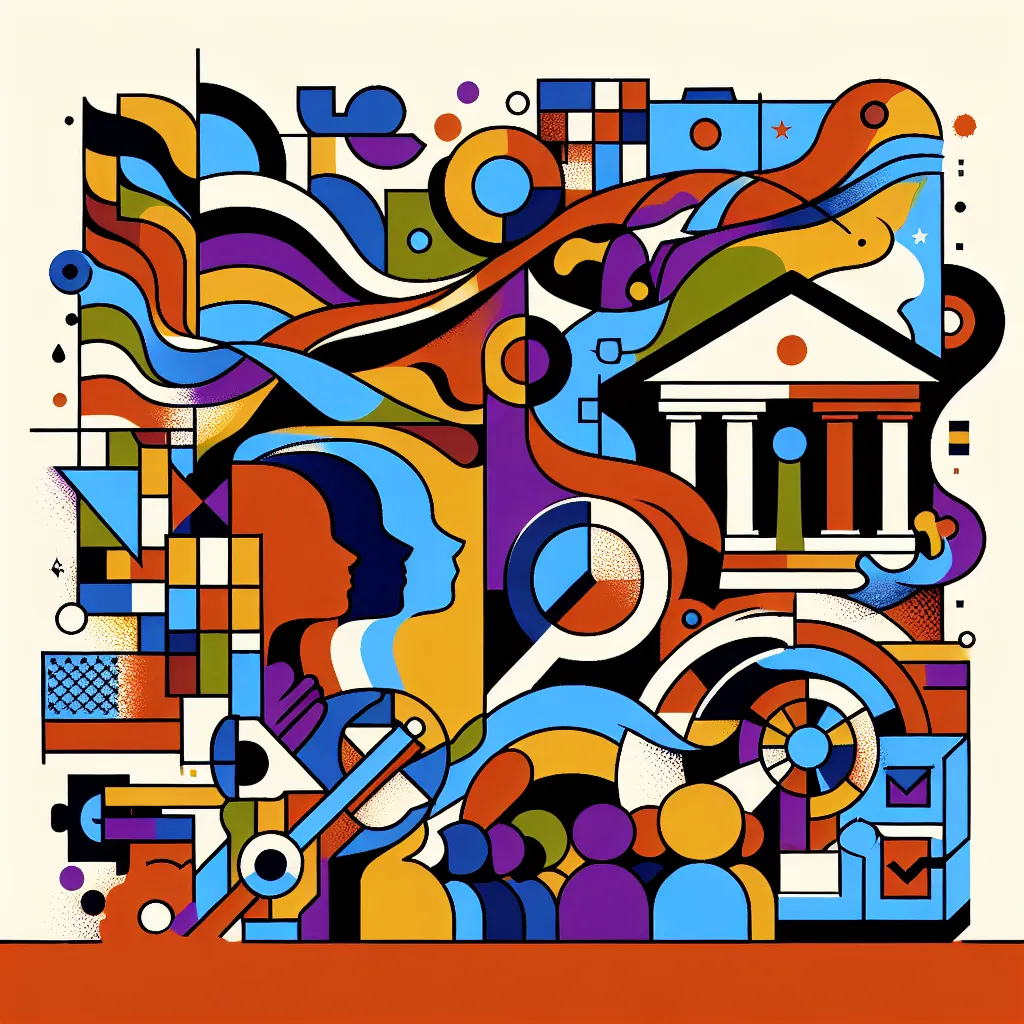
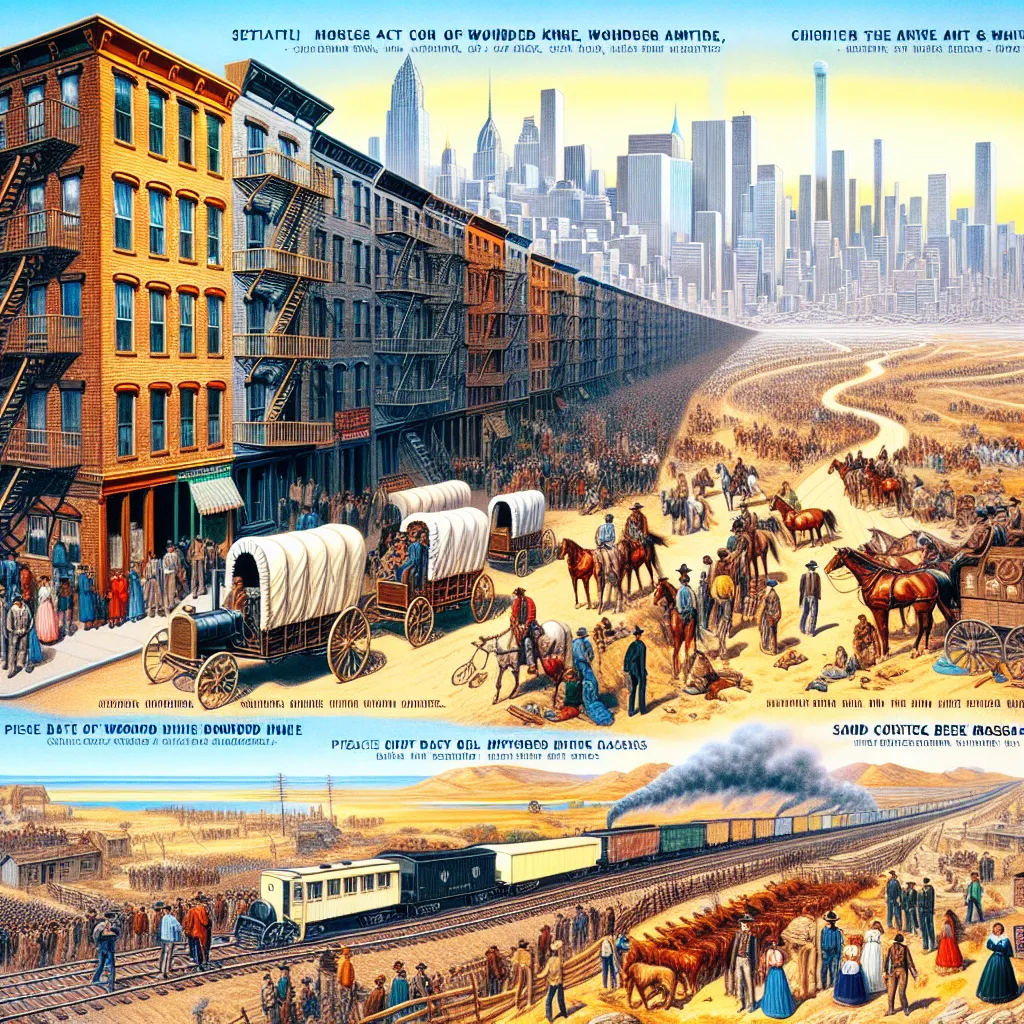
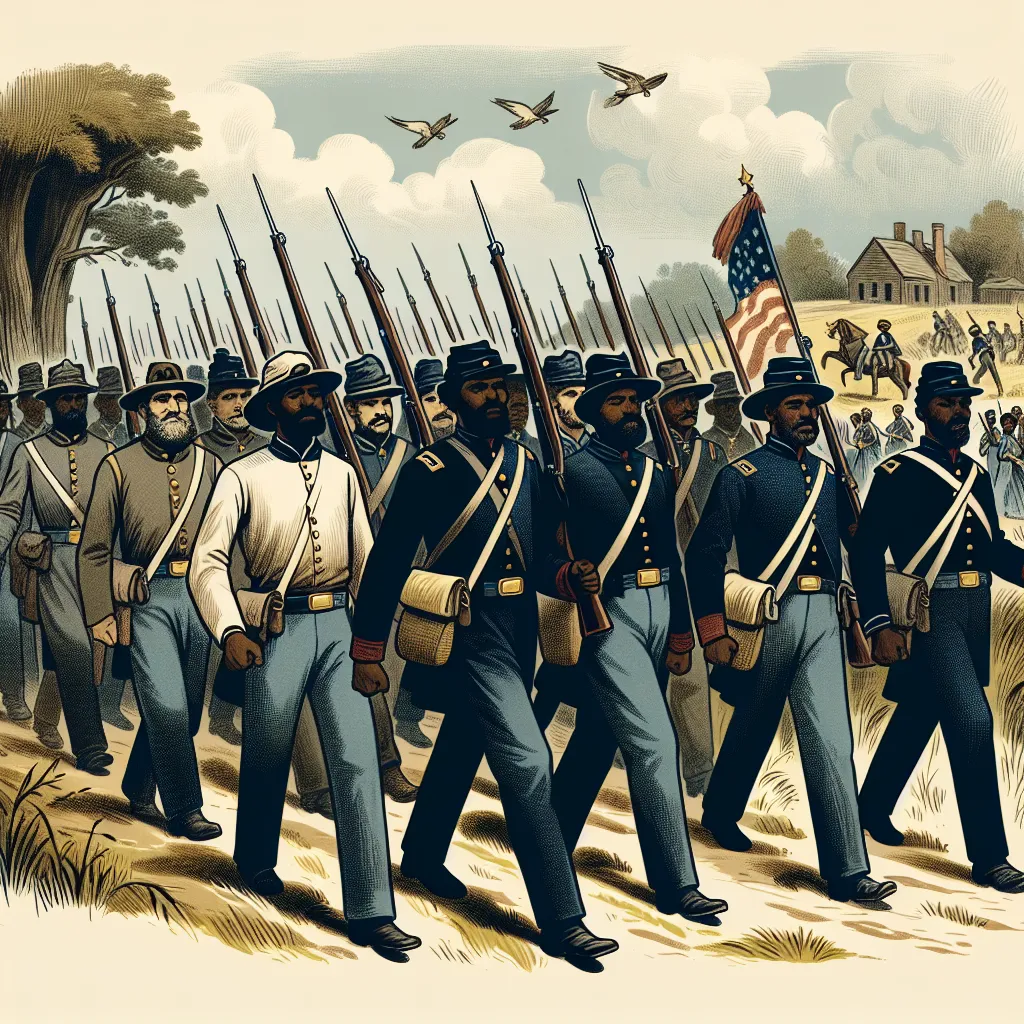
Post your own comment: